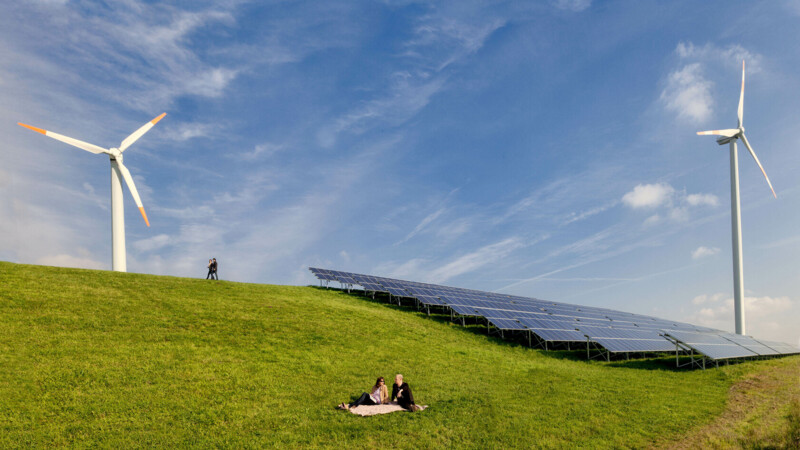The German government is investing EUR 9 billion in the so-called "hydrogen initiative" to build production plants and to stimulate demand. Hydrogen is increasingly seen as a climate saver that could replace natural gas, coal and oil and fuel the transport, electricity and heating sectors and wipe out pollution at the same time. The gas could also be used in the steel and cement industries, which cause huge amounts of climate-damaging gases. ArcelorMittal in Hamburg is wrangling with huge emissions in this field.
The German government is focusing on ecologically-produced hydrogen to lower emissions as part of its corona economic stimulus package. The Hamburg Metropolitan Region is now playing a key role in the emerging hydrogen era.
Environment-friendly to save climate
Combined wind power-hydrogen projects
Environment-friendly electricity is needed to obtain hydrogen per electrolysis. Thus, it makes sense to convert the energy produced by wind turbines into hydrogen and store it near the plants. The German government plans to designate areas in the sea for combined wind power and hydrogen projects as part of its Wind Energy at Sea act. This would facilitate the construction of large offshore wind farms with platforms for producing hydrogen, which is brought on land by ship or through a pipeline. Once on land, CO2 could be added to convert it into methane - the main constituent of natural gas. Practically enough, the entire natural gas infrastructure including pipelines and storage facilities already exists.
Hydrogen projects
Several hydrogen projects such as "mySmartLife" are underway e.g., in Hamburg-Bergedorf. A residential complex there is heated with a mix of natural gas and hydrogen. Meanwhile, ArcelorMittal is producing "environment-friendly or climate-neutral steel" in its steelworks near the Port of Hamburg.
Mapping regional hydrogen economy
West Coast 100 refers to one of the most ambitious, forward-looking real laboratory projects in the hydrogen sector. "One-hundred stands for 100 per cent renewable energy supply," said Jürgen Wollschläger, Managing Director of Raffinerie Heide. Ten partners including the Heide refinery, the Holcim cement manufacturer, which operates a plant in nearby Lägerdorf, and the Hamburg-based energy company Ørsted Deutschland have come together for this project.
The idea is to produce environment-friendly hydrogen from wind power and feed it into the gas grid for use in industrial processes and to interlink different material cycles in an existing infrastructure. The decarbonisation of industry, transport and the heating market will be tested under real conditions. Plans are also being laid to store hydrogen in underground caverns thereby enabling a continuous process. The planning phase has been underway since August 2020, and commissioning is scheduled for 2023. A 30-megawatt electrolyser will then go into operation in Heide. The planned real laboratory would convert unused electricity from wind energy into environment-friendly hydrogen for further use.
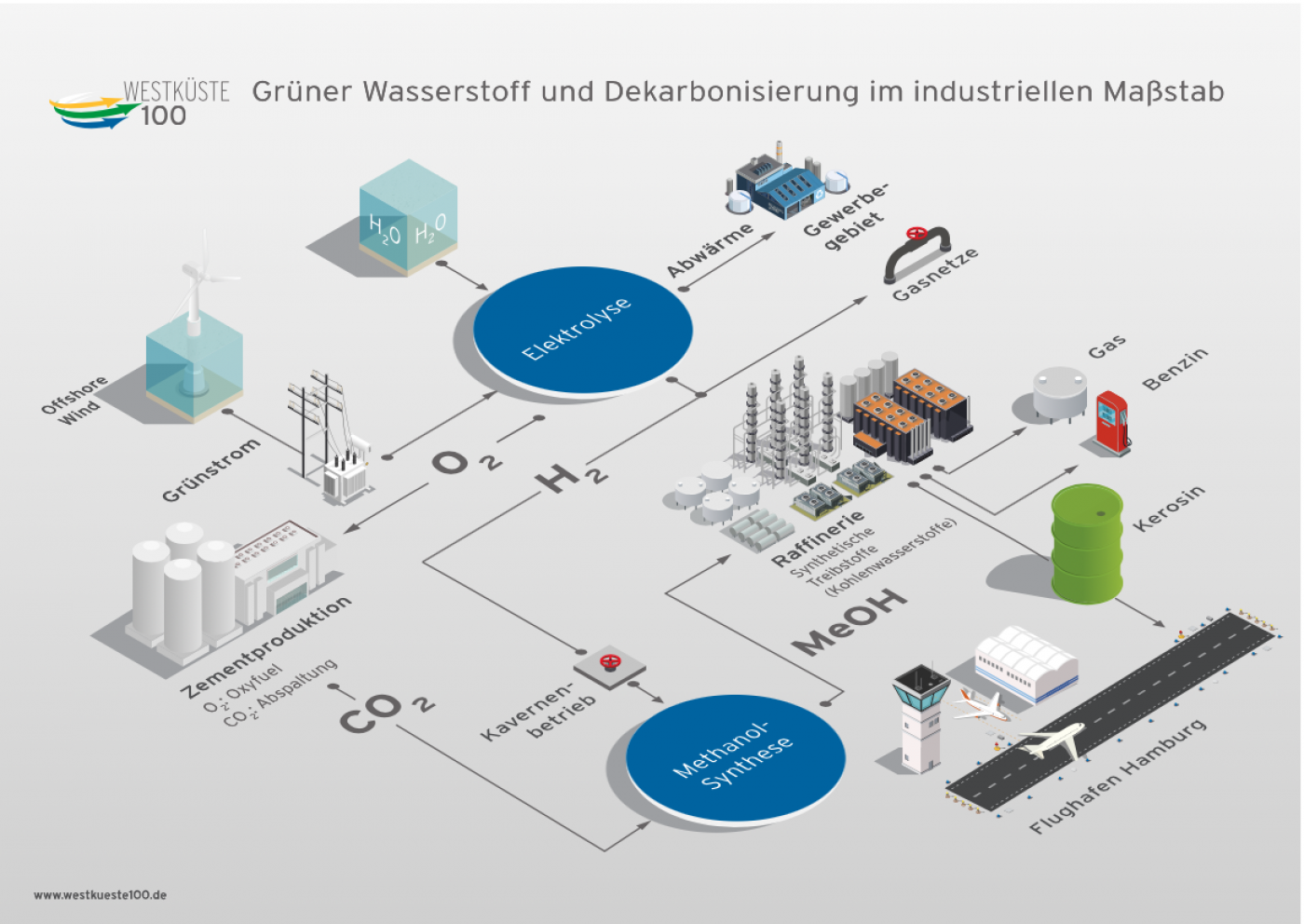
The experience gained in the first phase of the project forms the basis for the next scaling stage. All the partners envision from 2025 the construction of a 700 MW electrolysis plant where waste heat and oxygen produced during electrolysis is used. The plans also foresee the production of climate-friendly fuels for aircraft at Hamburg Airport.
A guest article by Daniel Hautmann, freelance scientific journalist and author.
Sources and further information
Book:

Mankind has used wind power for thousands of years. Wind power is now more important than ever amid ongoing climate change and the conversion of energy to renewable energy sources. Daniel Hauptmann’s book shows other possibilities of harnessing wind power, when the power of inventors and investors are added on a large scale. The author goes far beyond the usual perspective of wind power for generating electricity and gives other fascinating examples - from cargo ships and wind-powered racing cars to floating wind turbines. The author highlights the technical facts and the environmental impact of each example. Daniel Hautmann: Windkraft neu gedacht. Erstaunliche Beispiele für die Nutzung einer unerschöpflichen Ressource, Hanser Verlag, Munich 2020, 229 pages, hardcover edition EUR 39.99, EUR 31.99.
Author:
Daniel Hautmann, 45, has been writing about technology, energy and the environment for around 20 years. He is a trained industrial mechanic, editor of trade journals and specializes in regenerative energies, especially wind power. He has competed with a world champion windsurfer and flew headfirst in a glider with the European aerobatics champion. His texts have been published in Brand Eins, Technology Review and the Süddeutsche Zeitung, among others. He occasionally presents radio shows, produces podcasts and writes books. www.danielhautmann.de.
More
Similar articles
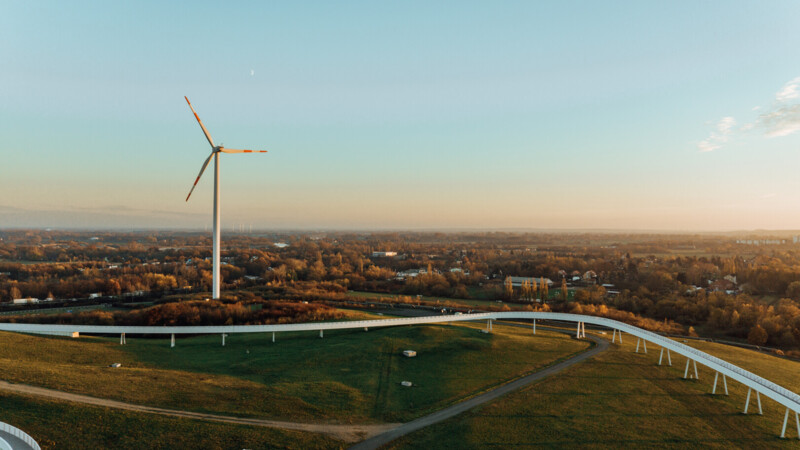
Hydrogen gives industry an opportunity to partner energy transition
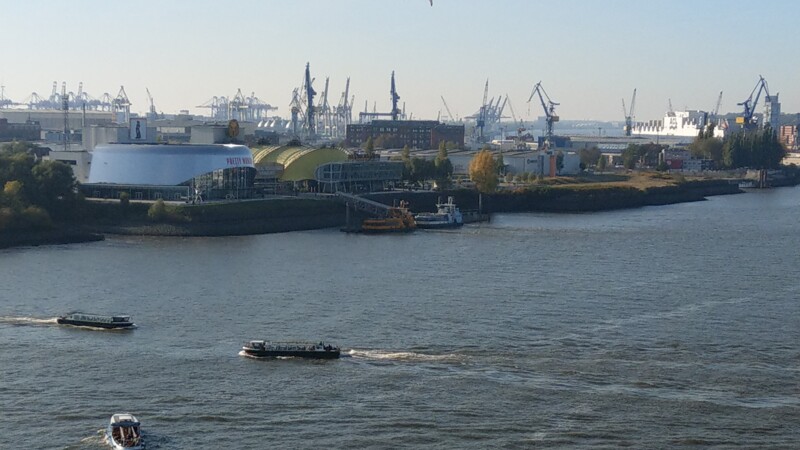
Hydrogen to develop leverage for new era
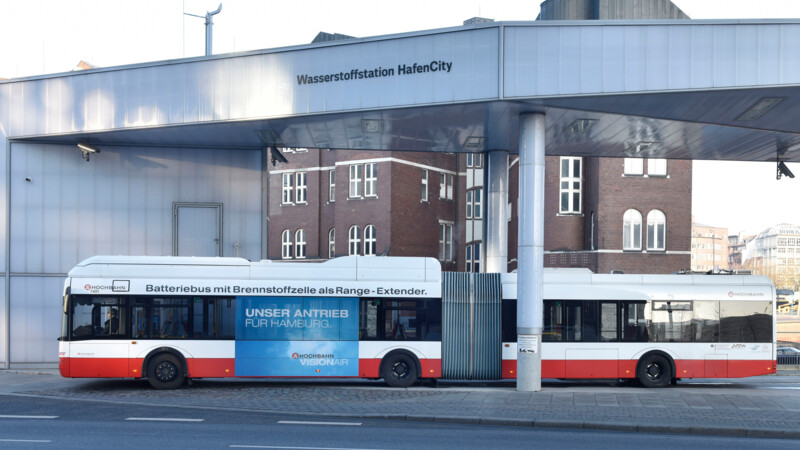
Hochbahn to purchase 50 hydrogen buses
